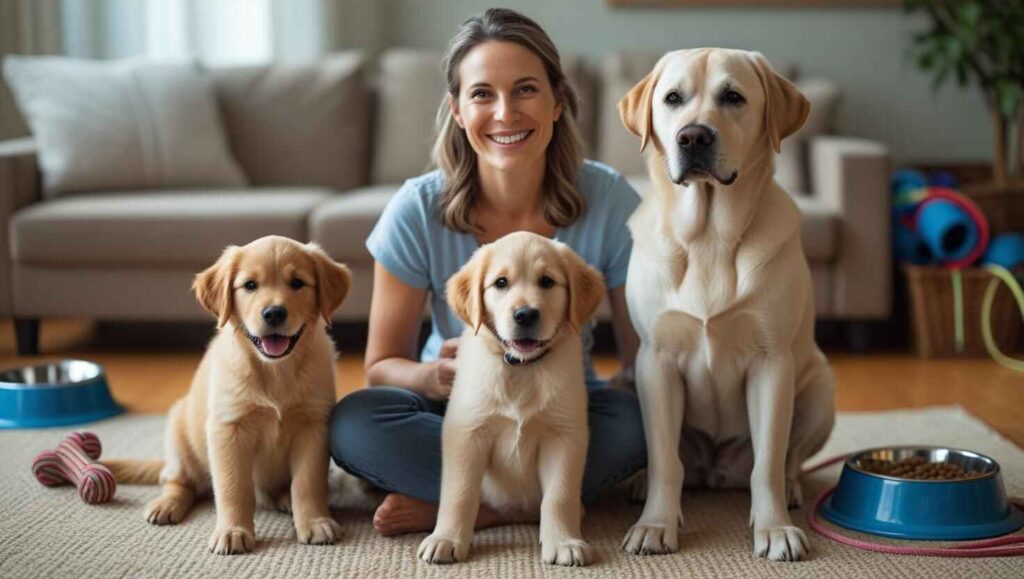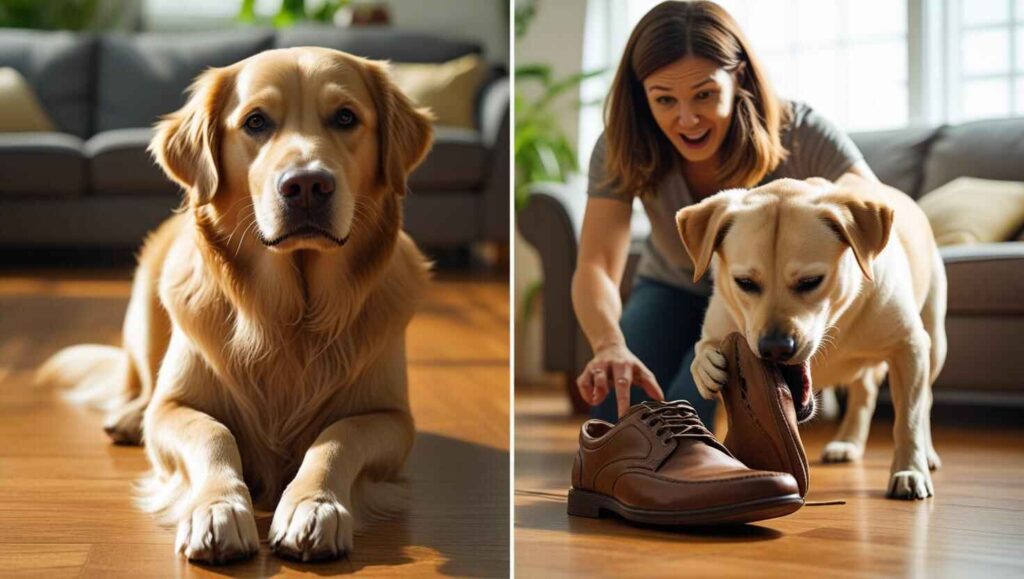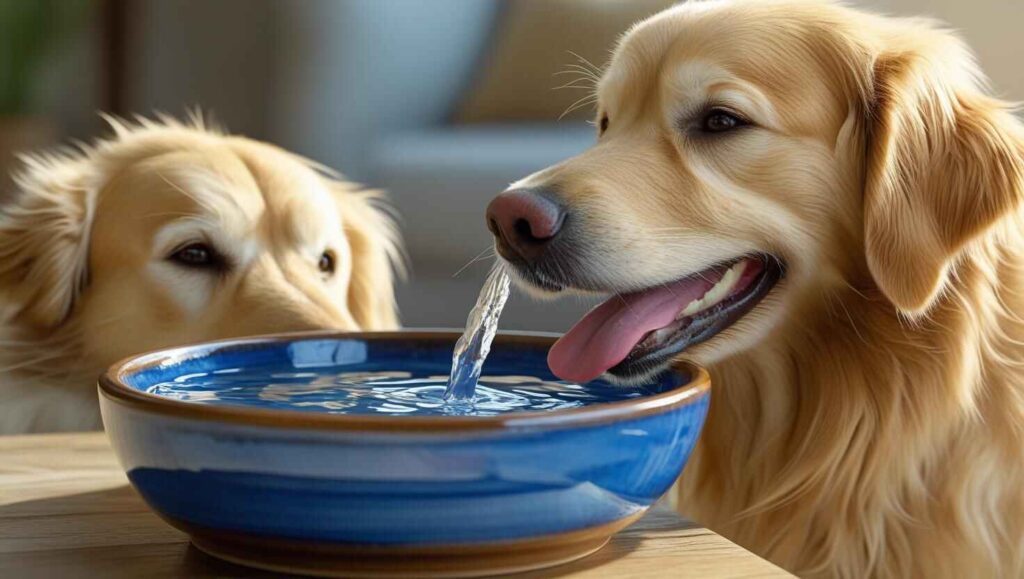1. The Dynamic Between Dogs Isn’t Guaranteed
Many people assume that dogs will automatically love having a companion. Unfortunately, that’s not always the case.
🐾 Dogs Have Personalities Too
Just like people, dogs have preferences and temperaments. Some are social butterflies, while others prefer being the only fur child.
Pros:
- Potential for lifelong companionship between pets
- Social enrichment for both dogs
Cons:
- Territorial disputes or aggression
- Long adjustment periods
If I had known this, I would have arranged a few supervised meet-and-greets before adopting our second pup.
2. Double the Love, Double the Responsibility
Yes, it’s incredibly heartwarming to see two dogs curled up together or playing in the backyard. But those sweet moments are balanced by twice the feeding, grooming, walking, and cleaning.

👟 Walks Are Not as Simple Anymore
Walking two dogs is a skill. If one pulls and the other stops to sniff every bush, it turns into a juggling act.
Quick Tips:
- Invest in a double leash or leash coupler
- Walk them separately at first to establish control
3. Costs Go Up Fast 💸
Owning a second dog isn’t just about buying another bag of food. Here’s a breakdown of what usually doubles:
| Expense Type | First Dog | Second Dog | Total Cost Increase |
|---|---|---|---|
| Food | $50/mo | $50/mo | $100/mo |
| Vet Visits | $200/yr | $200/yr | $400/yr |
| Grooming | $60/mo | $60/mo | $120/mo |
| Medications | $25/mo | $25/mo | $50/mo |
| Toys & Gear | $100/yr | $100/yr | $200/yr |
Even pet insurance and emergency care costs rise significantly. Had I budgeted properly, I wouldn’t have been so financially stressed the first year.
4. Training Becomes More Complex
Your first dog might be a model citizen, but training a second dog means starting from scratch—and managing distractions.

🐶 Avoid Pack Mentality Problems
Dogs often mimic each other, for better or worse. If the new one barks, your old one might start barking too.
Training Tips:
- Train separately before joint sessions
- Reinforce calm behavior in both dogs
5. Feeding Needs Careful Coordination
Different diets, portion sizes, and feeding speeds can lead to food aggression or upset stomachs.
🍽️ Separate Feeding Zones
Feeding dogs in the same area may seem convenient but can cause anxiety or competition.
What Helped Me:
- Use baby gates or crates during meals
- Monitor both dogs until they finish eating
6. Health & Vet Visits Multiply
Two dogs mean more frequent vet visits, more vaccinations, and twice the flea/tick prevention and dental care.
🩺 Scheduling is Crucial
Syncing appointments might help save on travel time, but keep in mind your dogs may react differently to vets.
Lesson Learned: Keep detailed health records for both dogs separately. It simplifies emergencies and yearly checkups.
7. Your Time Commitment Doubles 🕒
There’s a big time investment in exercise, playtime, and training. Spending one-on-one time with each dog becomes really important, too
⏳ Time Blocks Work Best
I now divide time into:
- Joint play (walks, fetch, play yard)
- One-on-one attention (training, cuddle time)
This helps build trust and prevents jealousy.
8. Travel and Boarding Get Trickier ✈️
Most hotels, flights, or kennels charge per dog, and availability gets limited fast.
🚗 Pet-Sitting is Not One-Size-Fits-All
Not every friend or sitter can handle two dogs. You may have to split them up, which adds stress and cost.
Pro Tip: Train your dogs to be comfortable apart in case boarding or emergencies require separation.
9. Your First Dog Might Regress
I didn’t expect our first dog to suddenly forget her manners, but it happened.
🧠 Regression is Real
Adding a second dog shifts the pack hierarchy. Sometimes that causes confusion or bad habits to resurface.
Solution: Don’t neglect the original dog’s routines or discipline. Continue rewarding good behavior.
10. It’s Emotionally Rewarding but Challenging 💕
Seeing our dogs bond and learn from each other has been heartwarming—but also frustrating and exhausting at times.

❤️ The Joy is Real
When both dogs are finally in sync, it’s beautiful. The companionship they offer each other (and you) is incredibly rewarding.
Would I Do It Again?
Yes—but I’d do a lot more planning the second time around.
External Resource: American Kennel Club’s Guide to Multi-Dog Homes
FAQs About Getting a Second Dog
1.What age gap is best between dogs?
Ideally, wait until your first dog is fully trained and at least 1–2 years old before adding a second. This ensures emotional maturity.
2.Should I get a second dog if my first is aggressive?
Not yet—it’s best to first team up with a behaviorist to help your dog work through any aggression issues. A second dog may escalate tensions.
3.How long does it take for two dogs to bond?
It varies. Some bond in days, others take weeks or even months. Be patient and supervise all interactions initially.
4.What breeds get along best with others?
Breeds like Golden Retrievers, Labradors, and Poodles tend to be more social. Still, individual temperament matters more than breed.
5.Can two dogs be left alone together?
Only once you’re 100% confident they’re bonded and non-aggressive. Otherwise, separate them when unattended.
6.Should both dogs have separate crates and toys?
Yes. Each dog needs its own space to feel secure and avoid resource guarding issues.
Final Thoughts – Is a Second Dog Right for You?
Bringing home a second dog can be one of the most fulfilling decisions—but it comes with new layers of responsibility.From managing your time to covering the costs, everything tends to double when you bring another dog into the mix.”
If you’re truly ready, emotionally and logistically, then yes—go for it. Just do your research, plan ahead, and never forget: both dogs deserve your full attention and love.
#.you may also like:
Can Dogs Drink Alkaline Water?



